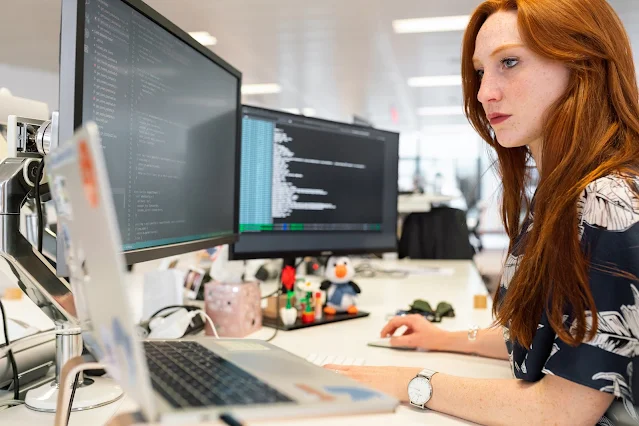Spatial Computing | Fully Explained
What is Spatial Computing?
Many of us learnt about Spatial Computingat training camp. Back then we only referred to it as “target training” because this was not the premise of what the computer could do. In fact, the purpose of this training was not to train machines to really learn anything about their training environment, but for that same training environment to provide information to computers and mobile devices so that we could understand the environment we were in better. Spatial computing can be defined as human interaction with a machine in which the machine stores and manipulates references to real objects and spaces.
Ideally, these real objects and spaces have a priority meaning for the user.
What happened in the past is that so many developers chose to base their applications on the old fashioned target development — so we’ve stuck with them for our most notable releases. Since the Compute Engine in many ways has represented the fundamental changes we’ve made in order to use the new platform more effectively and on the web, we decided to establish a default model we used to build out our technologies and software. This would be way easier to implement in our products, even if we had to re-learn all the APIs that developers might want to use instead.
From the beginning of the project, we decided to reserve the space between the pixels in our machines for and array arrays. This came about because we wanted to focus on out-of-the-box workflows which leveraged what we knew from our systems. But we also knew that it would be easier for them to understand our environment when they were next to each other. By retaining that unstructured space, we could include our product’s software that was not just processing task data. And we could also build in a way to create non-dimensional graphical representations of what our environment looked like.
With this in mind, we chose to build a set of matrix typologies that involved independent pixels and vectors as examples. We didn’t even have any abstract memory explanations until we were able to visualize the space between the pixels.
Because we wanted to augment image processors with objects in the way they processed input images, we also created a mean-variance distribution table of those representations. This enables the image processor to anticipate effects in the topology it is processing — for example, it needs to know if it should zoom in on a segment and what it should do with it, so it can stitch observations together or even put a layer on the image, in order to obtain an image.
Then we went on to develop applications that supported a new layer of operating system hardware, in order to simplify the graphics processing in the browser. With new hardware installed in each computer, we could put several layers on top of the dimension of the pixels in the Machine Language Environment. It was a bit challenging, and required that we spend lots of time modeling the underlying APIs and then write the models, but we finally solved the issue.
All of this made sense in many ways, but we really had to go back to the drawing board to make sure we were supporting the new technology properly. We looked for ways to ensure the API left enough space on the digital display space, and then we discussed helping developers configure the APIs to optimize the workspace they have available.
 |
| Spatial Computing |
How Spatial Computing Will Change Our Life
Employee Training
One aspect of the job that will be affected by the implementation of spatial computing software will be training. it also has various applications in the health sector. As the Covid19 pandemic raises the need for better diagnosis and to avoid physical contact as much as possible, systems like the University of Alberta's ProjectDR will make this possible.
Allowing CT scans and MRI data to be viewed directly on a patient's body, this tool can enhance and provide real-time feedback to the physician. .
Support
This technology will also be important in improving support between organizations, making meetings with colleagues and remote clients possible. When you join video streams and use AR to share key information, it becomes less of a problem when communicating with people in different parts of the world. As 5G technology evolves and becomes available in more and more places, software and hardware related to technologies such as virtual reality and augmented realitymust evolve to become a viable option in all industries. As a result, this evolution will lead to greater development and what I wish for all of us: a world where virtual and real are one, changing our understanding of what human-machine interactions are for the better.

